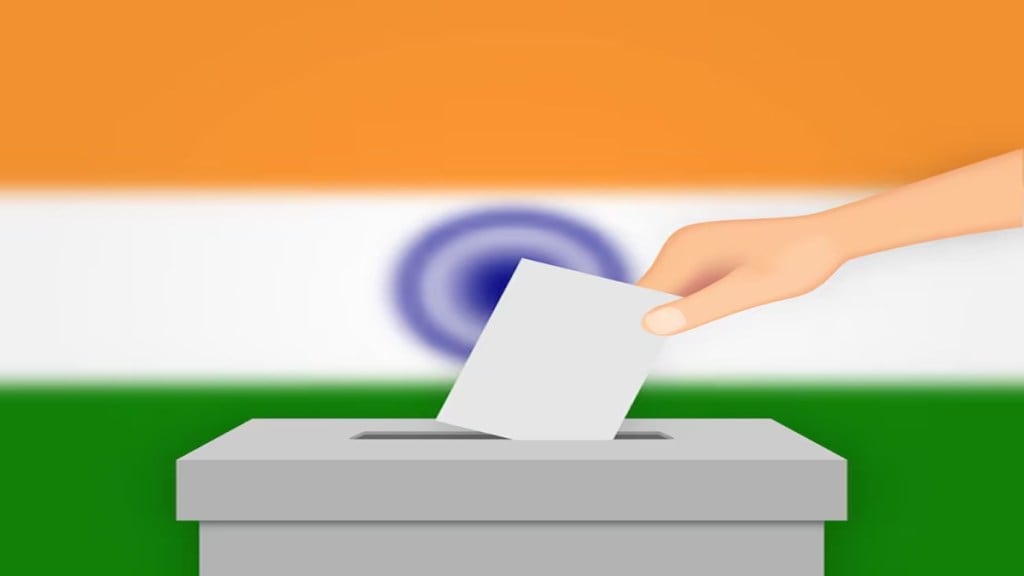The election campaign for Maharashtra’s 2024 assembly polls ended on Monday with political parties going all out in an effort to win voter support ahead of the November 20 elections. The ruling BJP-led Mahayuti alliance aims to retain power, while the Maha Vikas Aghadi (MVA) coalition is hoping to make a strong comeback after losing the 2019 elections.
The voting will take place in all 288 assembly constituencies on November 20, with results scheduled on November 23. The high-stakes campaign witnessed national leaders like Prime Minister Narendra Modi, Home Minister Amit Shah, Congress leaders Rahul Gandhi and Priyanka Gandhi Vadra, besides several Union ministers, crisscrossing the state to garner support for candidates on their side.
The Mahayuti alliance, which includes the BJP as well as the Shiv Sena faction led by Chief Minister Eknath Shinde, and the Nationalist Congress Party (NCP) under Deputy Chief Minister Ajit Pawar, has gone all guns blazing in appealing to its popular welfare schemes. Under its scanner for some time now has been the “Majhi Ladki Bahin” initiative for women as one key feature in their bid for re-election.
The BJP’s campaign also revolved around divisive slogans like “Batenge toh Katenge” and “Ek Hai Toh Safe Hai,” which the opposition parties, particularly the MVA, criticized as attempts to polarize voters along religious lines. Although the BJP tried to defend the slogans, with Deputy Chief Minister Devendra Fadnavis attempting to clarify their meaning, confusion persisted within the ruling alliance. Ajit Pawar distanced himself from the controversial statements, adding to the uncertainty.
On the other hand, the MVA, which includes the Congress, Shiv Sena (UBT), and NCP (led by Sharad Pawar), countered the BJP’s rhetoric by focusing on issues like social justice, a caste-based census, and the protection of the Constitution. The opposition aimed to appeal to voters who felt sidelined by the state government’s policies.
In the final days of the campaign, the BJP launched a fresh ad blitz, criticizing the MVA and urging voters to “Say No to Congress.” The ads invoked past incidents like the 26/11 Mumbai terror attacks and the Palghar lynching of sadhus to make its case against the opposition.
As the election approaches, the BJP is contesting 149 seats, Shiv Sena (Shinde faction) is vying for 81 seats, and the Ajit Pawar-led NCP has fielded candidates in 59 constituencies. The Congress has fielded 101 candidates, Shiv Sena (UBT) 95, and NCP (Sharad Pawar) 86. Smaller parties, including the Bahujan Samaj Party (BSP) and AIMIM, are also in the race, with the BSP contesting 237 seats and AIMIM putting up 17 candidates.
The number of candidates in the 2024 elections has risen by 28% compared to 2019, with a total of 4,136 candidates in the fray, up from 3,239 five years ago. A significant chunk of these candidates are independents, with over 2,000 running as non-party hopefuls. Additionally, rebels from both the Mahayuti and MVA are contesting against their own party’s official candidates in more than 150 constituencies.
Voter participation has also increased significantly. The state’s electorate has grown to 96.4 million, with 6.9 million new voters added since 2019. Among these, 2.1 million are first-time voters aged 18-19. The list also includes 636,278 voters with disabilities and 116,355 voters from the armed forces. The voter base is aging as well, with 1.2 million voters over the age of 85, including 47,716 centenarians.
This year’s elections will see 100,186 polling booths, up from 96,654 in 2019, to accommodate the growing number of voters. Additionally, approximately six lakh state government employees will be deployed for election duties.
With tensions high and political campaigns intensifying, the outcome of the election will be closely watched as it could reshape the political landscape in Maharashtra.
With inputs from PTI.
